Table of Contents
Retargeting in Digital Marketing: A Comprehensive Guide

Digital marketing has evolved significantly over the past decade, and with the growing use of the internet, businesses are continuously seeking innovative ways to connect with potential customers. One of the most effective strategies to achieve this is retargeting, which allows marketers to re-engage users who have already interacted with their brand. Retargeting in digital marketing is a powerful tool in digital marketing that helps businesses improve conversion rates, increase brand visibility, and generate better ROI (return on investment).
In this comprehensive blog post, we will explore what retargeting is, how it works, its benefits, types of retargeting, best practices, and how to implement a successful retargeting in a digital marketing campaign.
What is retargeting in digital marketing?

Retargeting in digital marketing is the practice of serving targeted ads to users who have previously interacted with your website, social media pages, or mobile app but didn’t convert (i.e., didn’t make a purchase or complete a desired action). The goal of retargeting in digital marketing is to bring these users back to your website or platform to complete the conversion process.
Retargeting relies on cookies or tracking pixels to monitor the behavior of website visitors. These cookies then track their actions and use that data to serve them relevant ads across different online platforms like Google Display Network, Facebook, Instagram, and others.
In essence, retargeting in digital marketing serves as a reminder to potential customers who have shown interest in your product or service but may have left the website without completing the purchase. By targeting these warm leads, businesses can increase their chances of converting them into loyal customers.
How Does Retargeting Work?
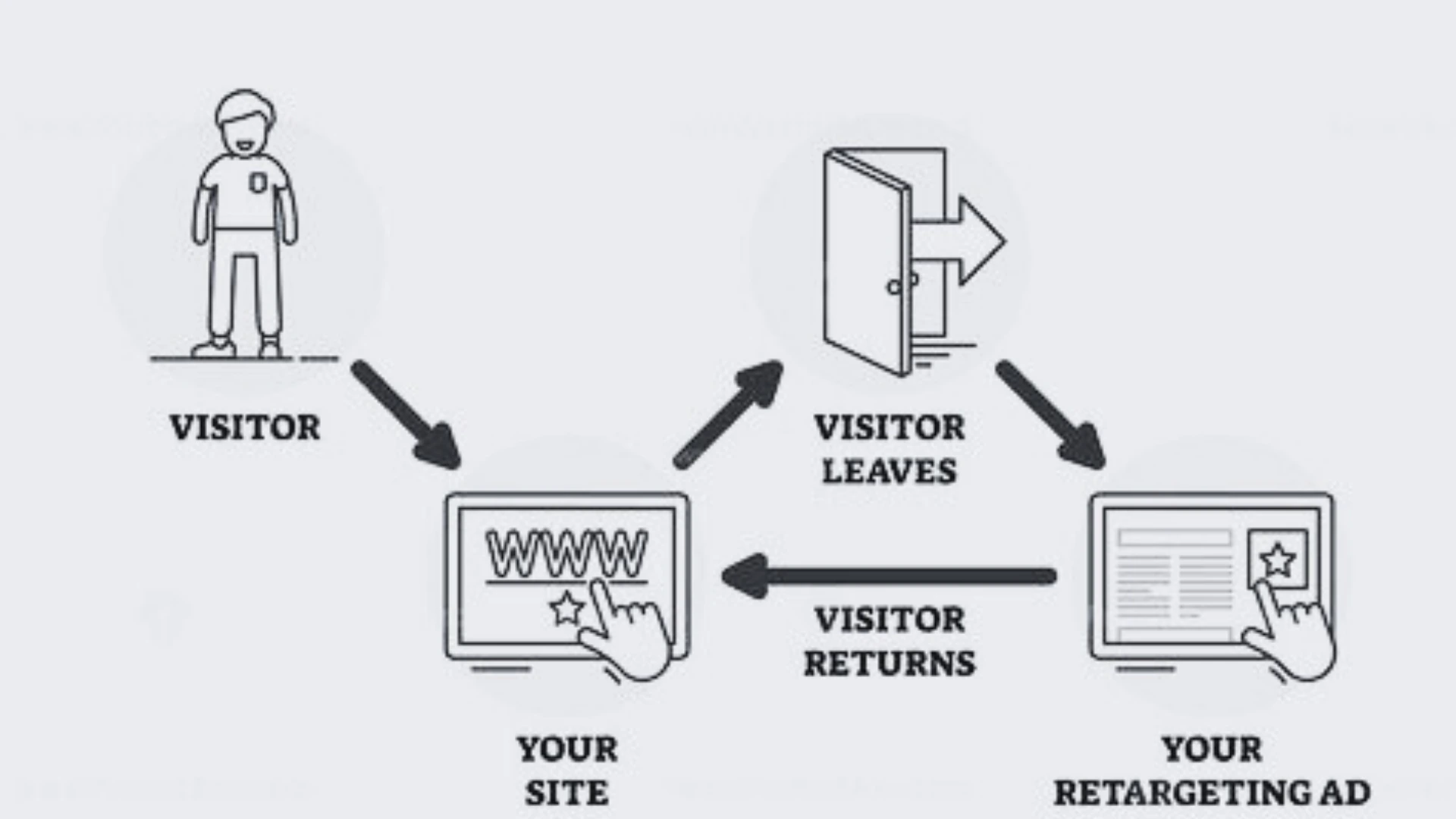
The process of retargeting works in several key steps:
Tracking Visitor Behavior:
Retargeting in digital marketing begins with tracking user behavior on your website. When a user visits your website or interacts with your content, a tracking pixel (often provided by platforms like Google Ads or Facebook) is placed on their browser. This pixel collects data such as the pages visited, time spent on the website, actions taken (e.g., added to cart, viewed product), and more.
Creating Segments:
After gathering enough data, you can segment your audience based on their behavior. For example, you could create a segment for users who viewed a specific product but didn’t add it to their cart or users who abandoned their shopping cart. These segments help in personalizing the ads they will see.
Serving targeted ads:
Once the segments are created, you can run a retargeting campaign that serves personalized ads to these users across different platforms like Google, Facebook, Instagram, LinkedIn, and other third-party websites. These ads are displayed to remind users of the products or services they have shown interest in.
Conversion:
The ultimate goal of retargeting in digital marketing is to encourage users to come back and complete the desired action (such as purchasing a product, signing up for a service, etc.). Since these users have already shown interest, they are more likely to convert compared to cold leads.
Types of Retargeting in Digital Marketing

There are several types of retargeting in digital marketing strategies. Let’s dive into some of the most common ones:
Website Retargeting:
This is the most common type of retargeting in digital marketing and involves targeting users who have visited your website. As mentioned earlier, this strategy involves tracking website visitors through cookies or tracking pixels. Once users leave the website without converting, they are shown relevant ads across other sites they visit.
Search Retargeting:
Search retargeting allows you to target users based on the search terms they use on search engines like Google. For example, if someone searches for “best running shoes,” they can later see ads for your running shoe store even if they didn’t visit your website. This is an effective way to target users who are actively looking for a product or service similar to what you offer.
Social Media Retargeting:
Social media platforms like Facebook, Instagram, LinkedIn, and Twitter offer retargeting options that allow you to target users who have engaged with your content on these platforms. For instance, if someone interacts with your Facebook post or watches your video but doesn’t make a purchase, you can retarget them with relevant ads to encourage conversion.
Email Retargeting:
Email retargeting involves sending personalized email campaigns to users who have interacted with your brand in the past but didn’t convert. These emails can include special offers, product recommendations, or reminders of the items they left in their shopping cart.
Dynamic Retargeting:
Dynamic retargeting in digital marketing takes personalization to the next level by serving ads that feature the exact products a user viewed on your website. For example, if a user visited a page showing shoes but didn’t make a purchase, they will see ads featuring those same shoes across other websites they visit. This strategy significantly improves conversion rates as it directly reminds users of what they were interested in.
Benefits of Retargeting

Increased conversion rates:
One of the most significant benefits of retargeting in digital marketing is its ability to increase conversion rates. Since you’re targeting users who have already interacted with your brand, they are more likely to convert. Retargeting in digital marketing helps to remind potential customers about your offerings and can nudge them to take action.
Improved ROI:
Retargeting campaigns often provide a higher return on investment compared to traditional advertising methods. By targeting warm leads (users who have already shown interest), you increase the likelihood of conversion, which results in a more efficient use of your marketing budget.
Enhanced Brand Awareness:
Retargeting in digital marketing helps keep your brand top of mind for potential customers. Even if they don’t immediately convert, seeing your ads repeatedly helps to reinforce your brand presence. This increased visibility can contribute to long-term brand recognition and loyalty.
Cost-Effective Advertising:
Since you are targeting users who have already shown interest, retargeting ads tend to be more cost-effective compared to other forms of advertising. You’re not spending money on cold leads who may have no interest in your product or service.
Personalized User Experience:
Retargeting allows you to deliver personalized ads to users based on their previous interactions with your brand. Personalized experiences tend to be more engaging and relevant to users, which increases the chances of conversion.
Best Practices for Retargeting Campaigns

Segment Your Audience:
One of the key strategies for a successful retargeting campaign is audience segmentation. By creating different audience segments based on user behavior, you can create highly targeted ads that are relevant to each group. For example, users who abandoned their cart should receive different ads compared to those who merely visited your homepage.
Set frequency caps:
While retargeting is effective, overexposure can lead to ad fatigue and annoyance. To prevent this, it’s essential to set frequency caps, limiting how many times a user sees your retargeting ads within a certain period. This ensures that your ads remain fresh and don’t overwhelm potential customers.
Use Compelling Creative:
The creative elements of your ads, including the design, copy, and call-to-action, play a crucial role in the effectiveness of your retargeting campaign. Make sure your ads are visually appealing, include clear messaging, and encourage users to take action.
Test Different Ad Variations:
A/B testing is crucial for optimizing your retargeting campaigns. Try different variations of your ads (e.g., different headlines, images, or offers) to see which ones perform the best. Continuous testing and optimization can significantly improve the performance of your retargeting efforts.
Set Up a Conversion Funnel:
Retargeting works best when you have a clear conversion funnel in place. Ensure that your website or landing page is optimized to guide users smoothly through the buying process. This includes having a user-friendly interface, clear product descriptions, and easy checkout options.
Incorporate Special Offers:
Offering discounts, free shipping, or other incentives can help push users to complete their purchase. Retargeting is a great opportunity to present these special offers to users who have already shown interest in your products.
How to Implement a Successful Retargeting Campaign

Implementing successful retargeting in a digital marketing campaign requires careful planning and strategy. Here’s a step-by-step guide to help you get started:
Choose Your Retargeting Platform:
Decide which platform you want to use for your retargeting campaign. Some of the most popular platforms include Google ads, Facebook ads, and Instagram ads. These platforms allow you to create custom audiences and track user behavior to serve targeted ads.
Install Retargeting Pixels:
Once you’ve chosen your platform, you need to install the tracking pixel or code on your website. This pixel will collect data on your visitors and enable you to create custom audiences for retargeting in digital marketing.
Segment Your Audience:
Based on the data collected from your website visitors, create different segments. For example, you can segment users who visited specific product pages, those who added items to their cart, and those who completed a purchase. Each group may require a different ad approach.
Design Your Ads:
Craft personalized ads that resonate with each segment of your audience. For example, users who abandoned their cart may respond well to ads offering a discount or free shipping. Make sure your ads are clear, concise, and compelling.
Set Up Your Campaign:
Once your ads are ready, set up your campaign on the chosen platform. Define your budget, targeting options, and ad schedule. Ensure you are targeting the right audience and that your ads are optimized for conversion.
Monitor and optimize:
Monitor the performance of your retargeting in digital marketing campaigns regularly. Keep an eye on key metrics such as click-through rate (CTR), conversion rate, and return on ad spend (ROAS). Based on this data, make adjustments to your targeting, creative, and budget to optimize your campaign.
Conclusion
Retargeting in digital marketing is a powerful and cost-effective strategy that allows businesses to reconnect with potential customers who have shown interest in their brand. By delivering personalized, relevant ads to users who are already familiar with your offerings, retargeting increases the likelihood of conversion and helps maximize your advertising budget.
With its ability to improve ROI, increase brand visibility, and drive sales, retargeting has become an essential tool in every marketer’s toolkit. By following best practices and continuously optimizing your campaigns, you can ensure the success of your retargeting efforts and build long-lasting relationships with your customers.
In the dynamic world of digital marketing, staying ahead of the curve is crucial. Retargeting provides an excellent opportunity to capitalize on the power of personalized advertising and engage users when they’re most likely to convert. So, if you haven’t already, it’s time to incorporate retargeting into your digital marketing strategy and start reaping the benefits.
Author : Ilyas
Learner of Digiskillz, Digital Marketing Course in Kottakkal


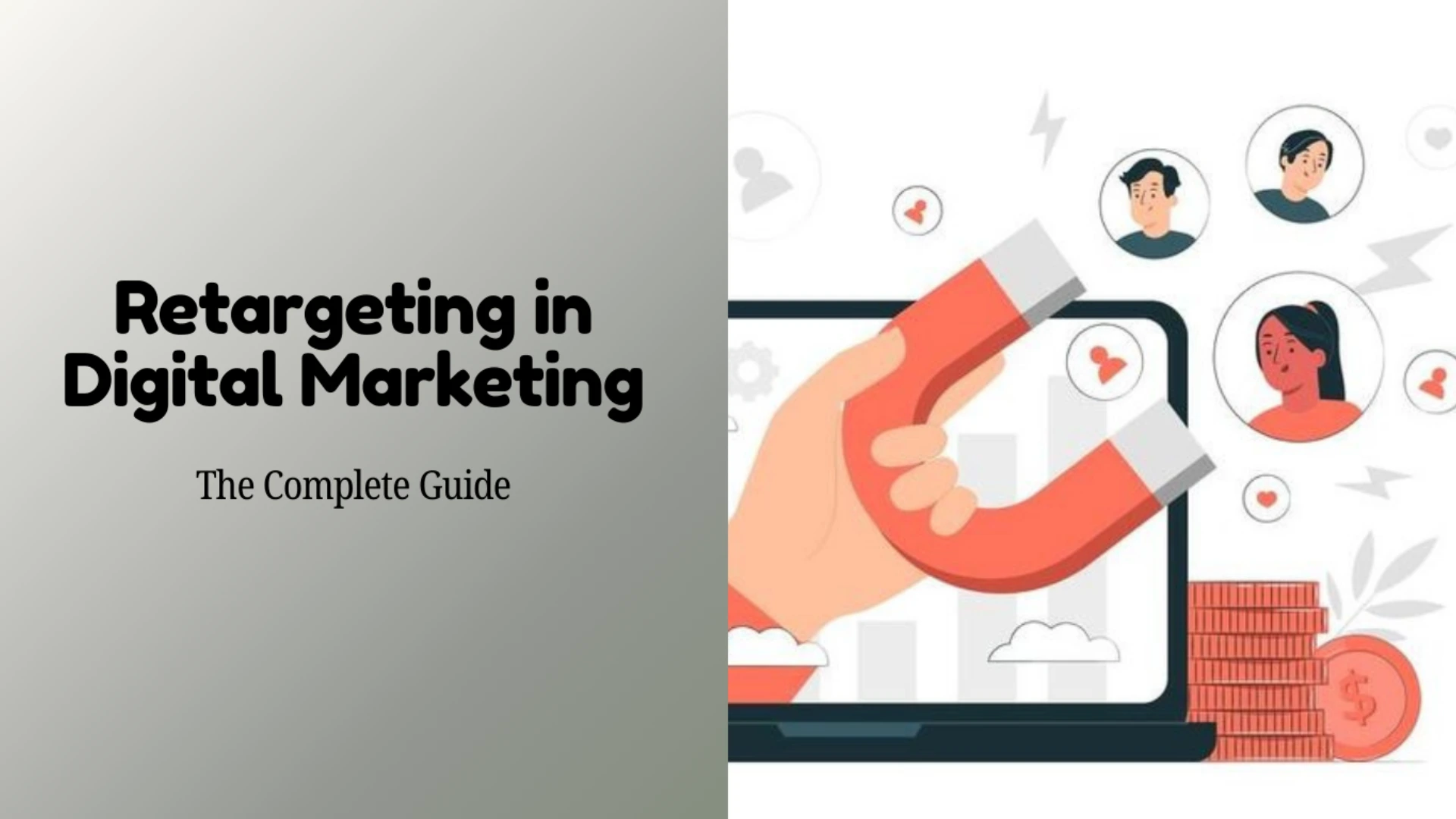

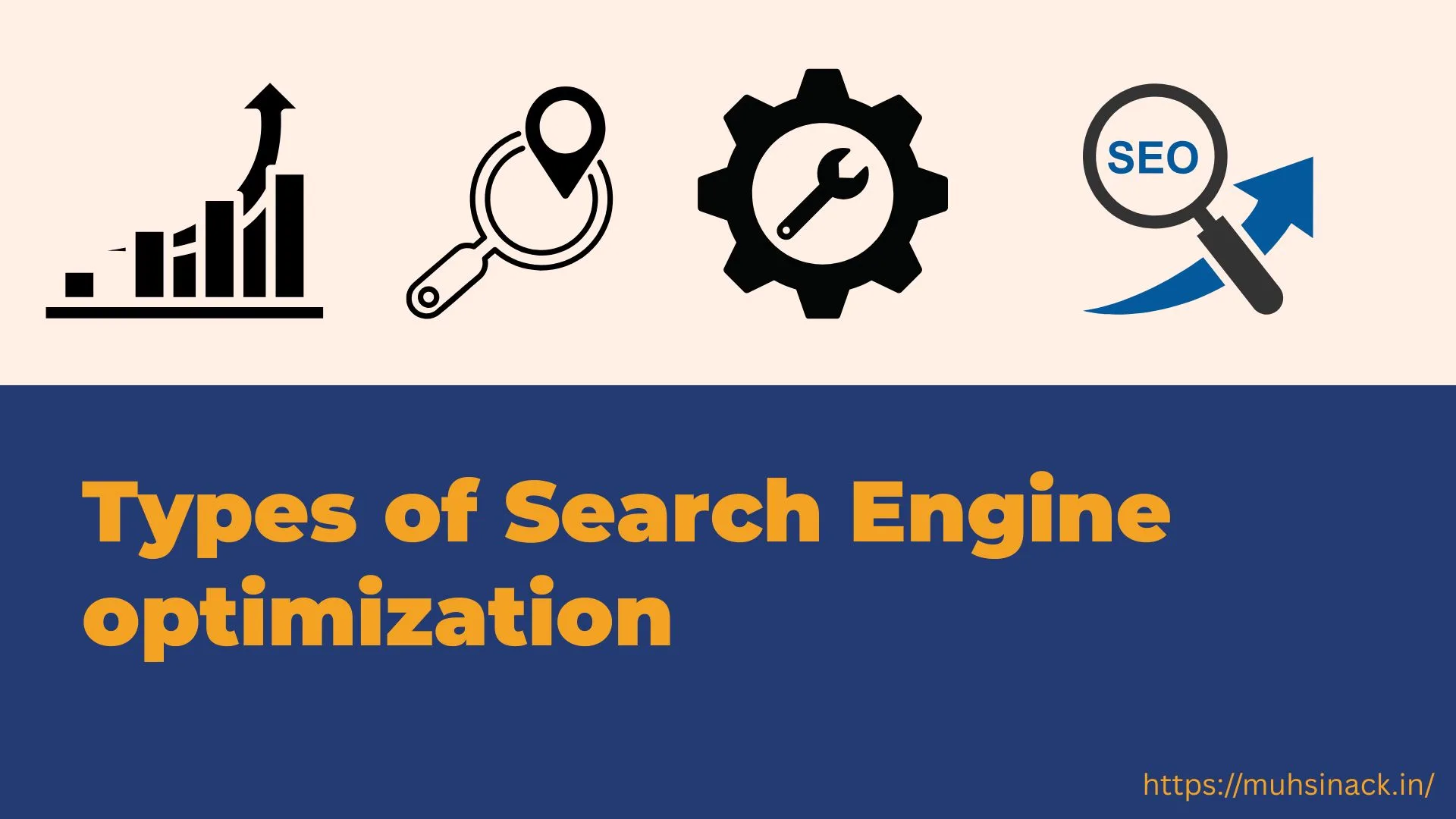
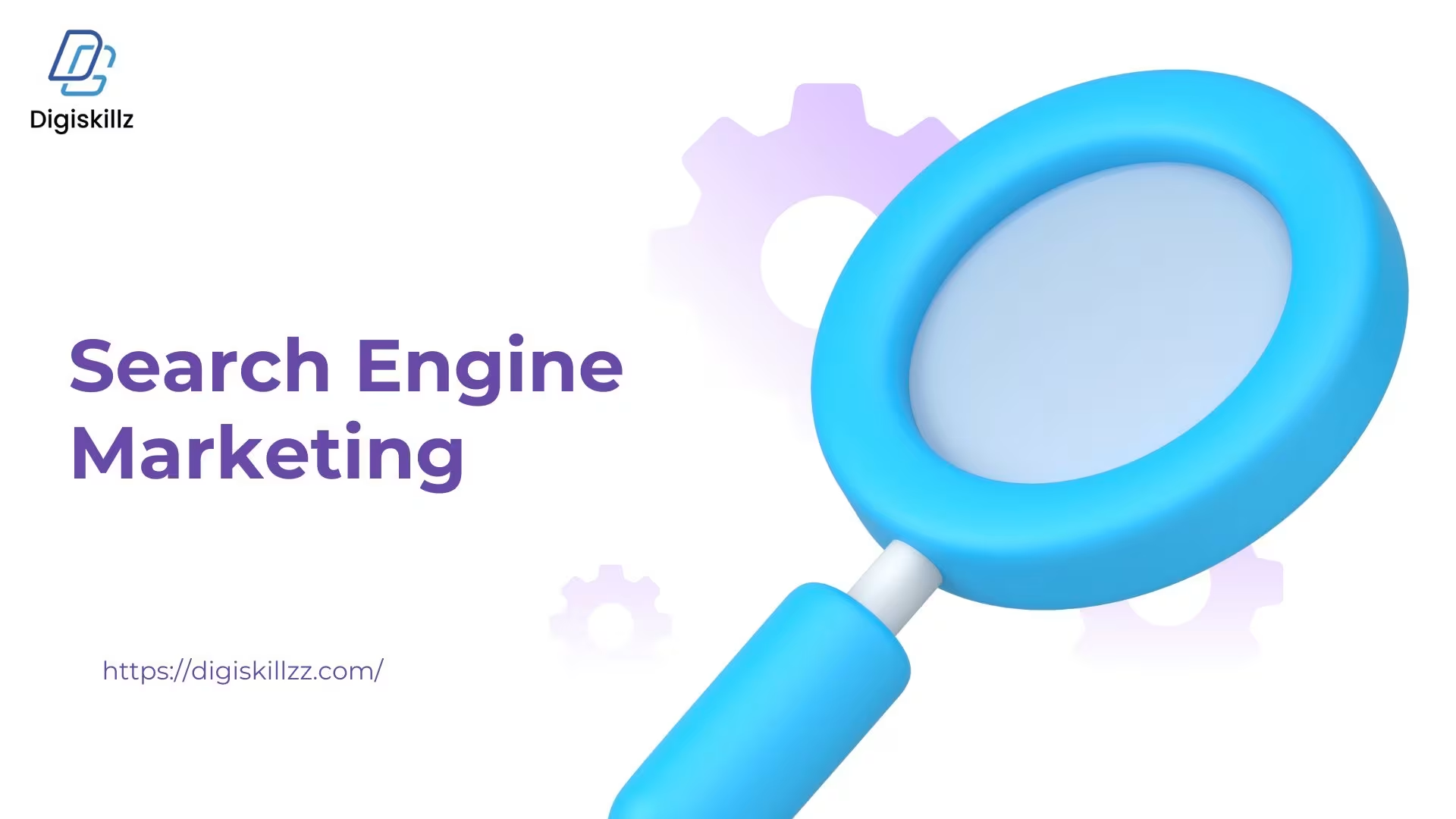

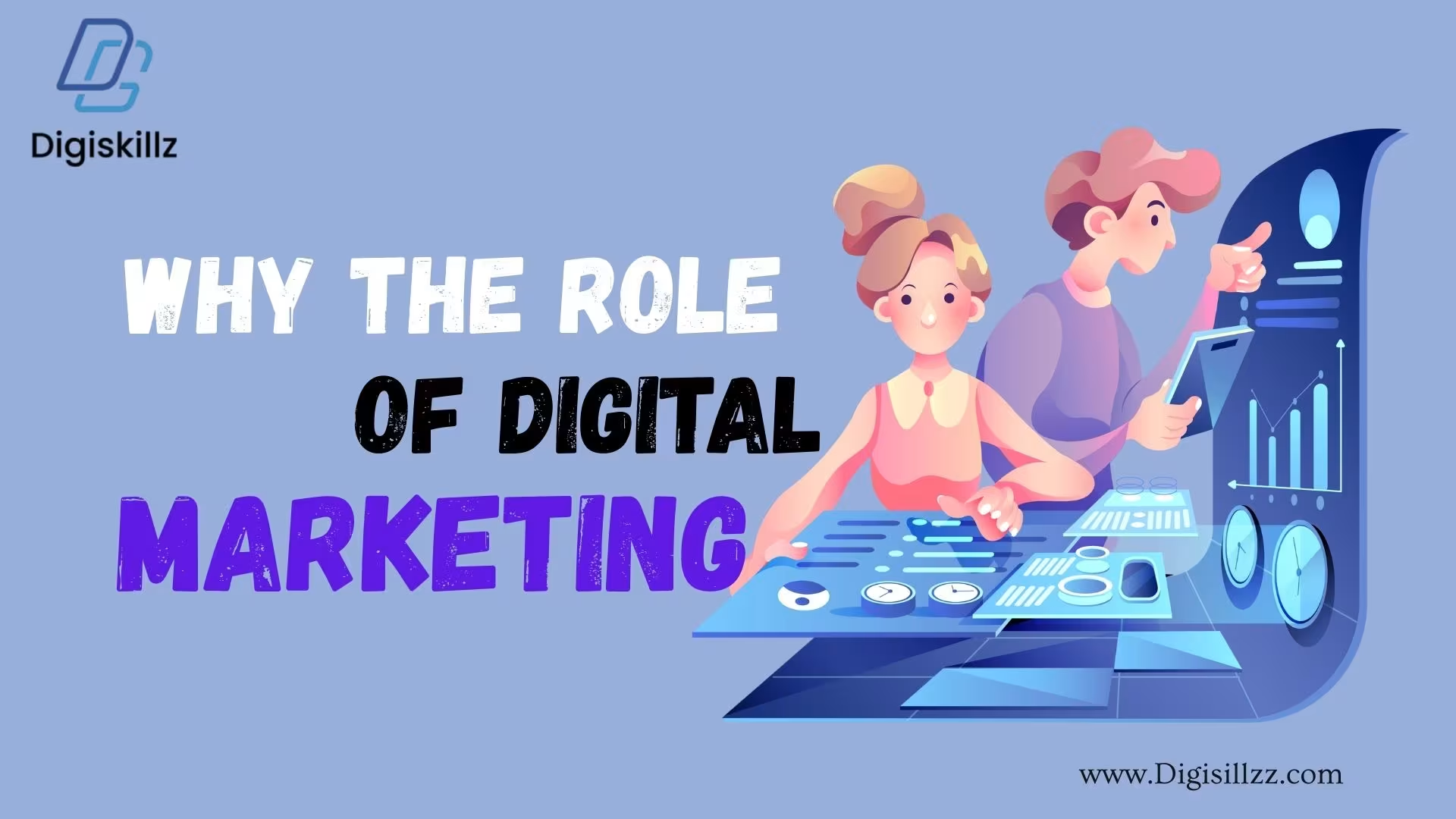

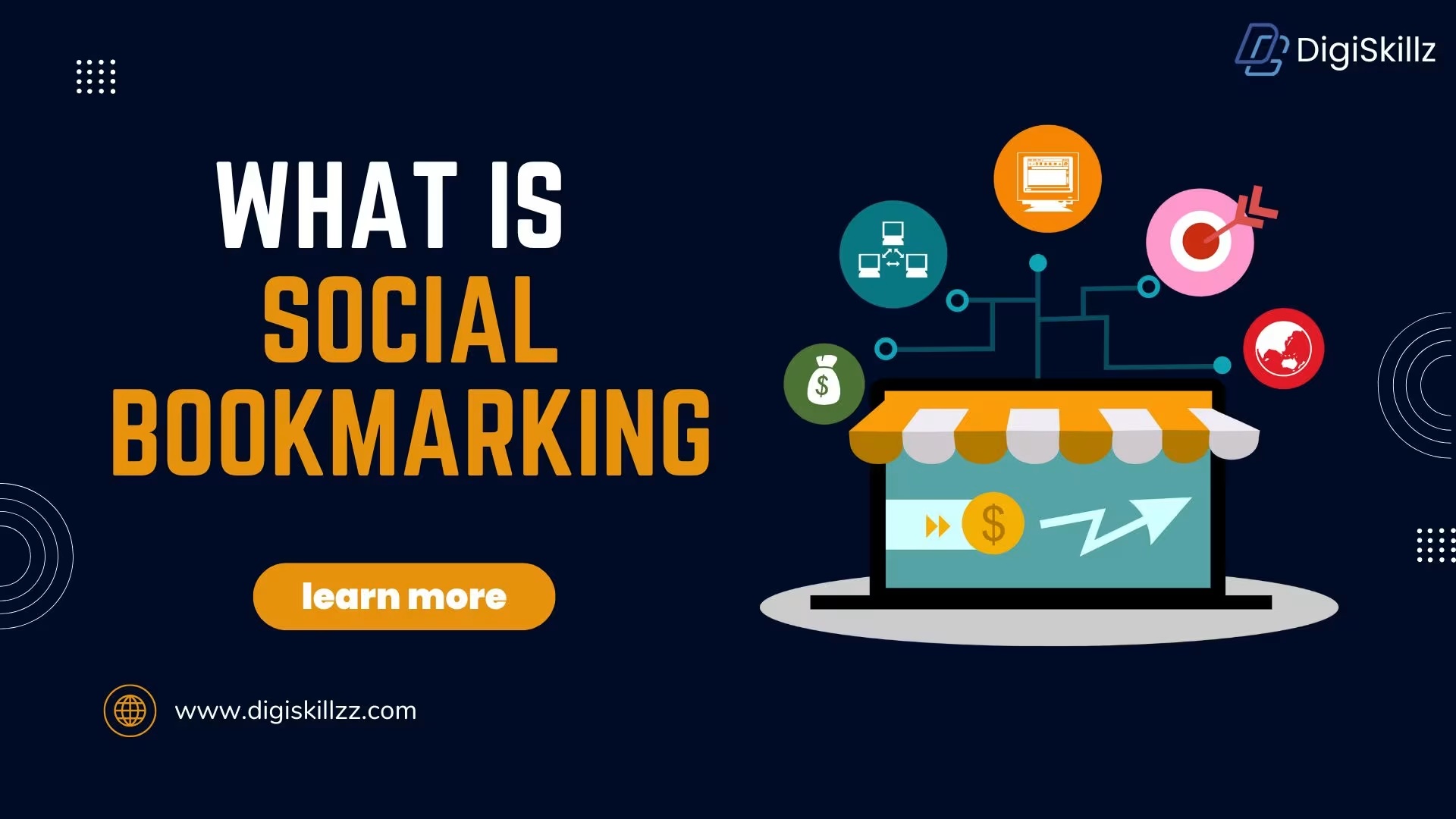

Leave A Comment